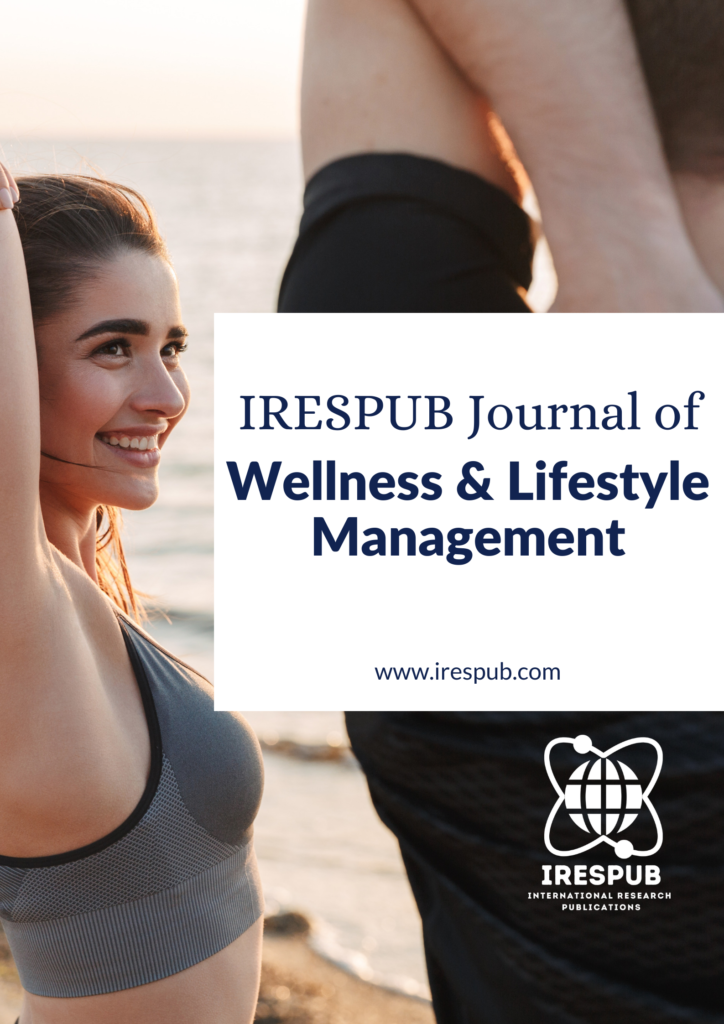
Year Launched: 2021
Journal List
- Natural & Applied Sciences
- Life Sciences
- Business Management
- Education & Literature
- Humanities & Cultural Studies
- Medical & Dental Sciences
- Engineering & Computer Sciences
- Agriculture, Food & Nutrition
- Environmental & Material Sciences
- Wellness & Lifestyle Management
- Arts & Ideas
- Law, Policy & Religion
Introduction to biomechanics
Volume 2, Issue 1, Jan-Feb 2022 | Page 7-9 | PDF (217K) | Pub. Date: January 13, 2022
Author(s)
Joshua D. Hill; Faculty of Health, University of Technology Sydney, 235 Jones St, Ultimo NSW 2007, Australia
Abstract
Biomechanics is the application of mechanical engineering principles to biological systems. It is the study of human movement and interaction with the environment. It applies mechanical principles to the human body in order to understand the mechanical influences on bone and joint. A basic understanding of these principles is beneficial for medical professionals. This paper provides a brief introduction to biomechanics.
Keywords
Biomechanics; mechanics; biology
Cite this paper
Hill, J. D. (2022), Introduction to biomechanics, IRESPUB Journal of Wellness & Lifestyle Management. Volume 2, Issue 1, Jan-Feb 2022, Page 7-9
References
[1] Biomechanics,”Wikipedia, the free encyclopedia https://en.wikipedia.org/wiki/Biomechanics
[2] A. Erdemir et al., “ Commentary on the integration of model sharing and reproducibility analysis to scholarly publishing workflow in computational biomechanics,” IEEE Transactions on Biomedical Engineering, vol. 63, no.10, October 2016, pp. 2080-2085.
[3] P. Rogers, “Biomechanics and body movement,” July 2018 , https://www.verywellfit.com/understanding-biomechanics-3498389
[4] C. T. Lim et al., “Experimental techniques for single cell and single molecule biomechanics,” Materials Science and Engineering C, vol. 26, 2006, pp. 1278 – 1288.
[5] L. Li, “How can sport biomechanics contribute to the advance of world record and best athletic performance?” Measurement in Physical Education and Exercise Science, vol.16, no. 3, 2012, pp. 194-202.
[6] Z. Li et al., “Fruit biomechanics based on anatomy: A review,” International Agrophysics, vol. 27, 2013, pp. 97-106.
[7] K. S. Lee and M. C. Jung, “ Biomechanics and physical ergonomics,” in J. M. Haight ( ed.), Handbook of Loss Prevention Engineering. Wiley-VCH Verlag, 2013, pp. 355-371.
[8] B. Wallace and T. Kernozek, “ Self-efficacy theory applied to undergraduate biomechanics instruction,” Journal of Hospitality, Leisure, Sport & Tourism Education, vol. 20, pp. 2017, pp. 10–15.

